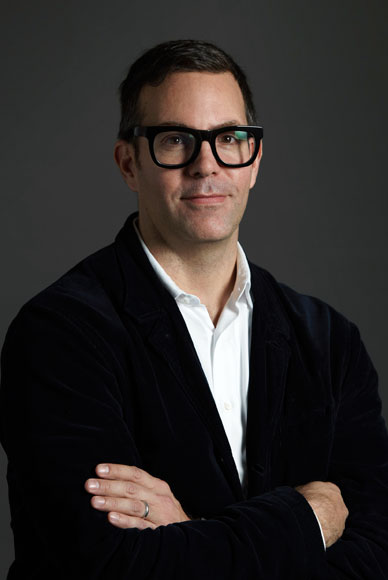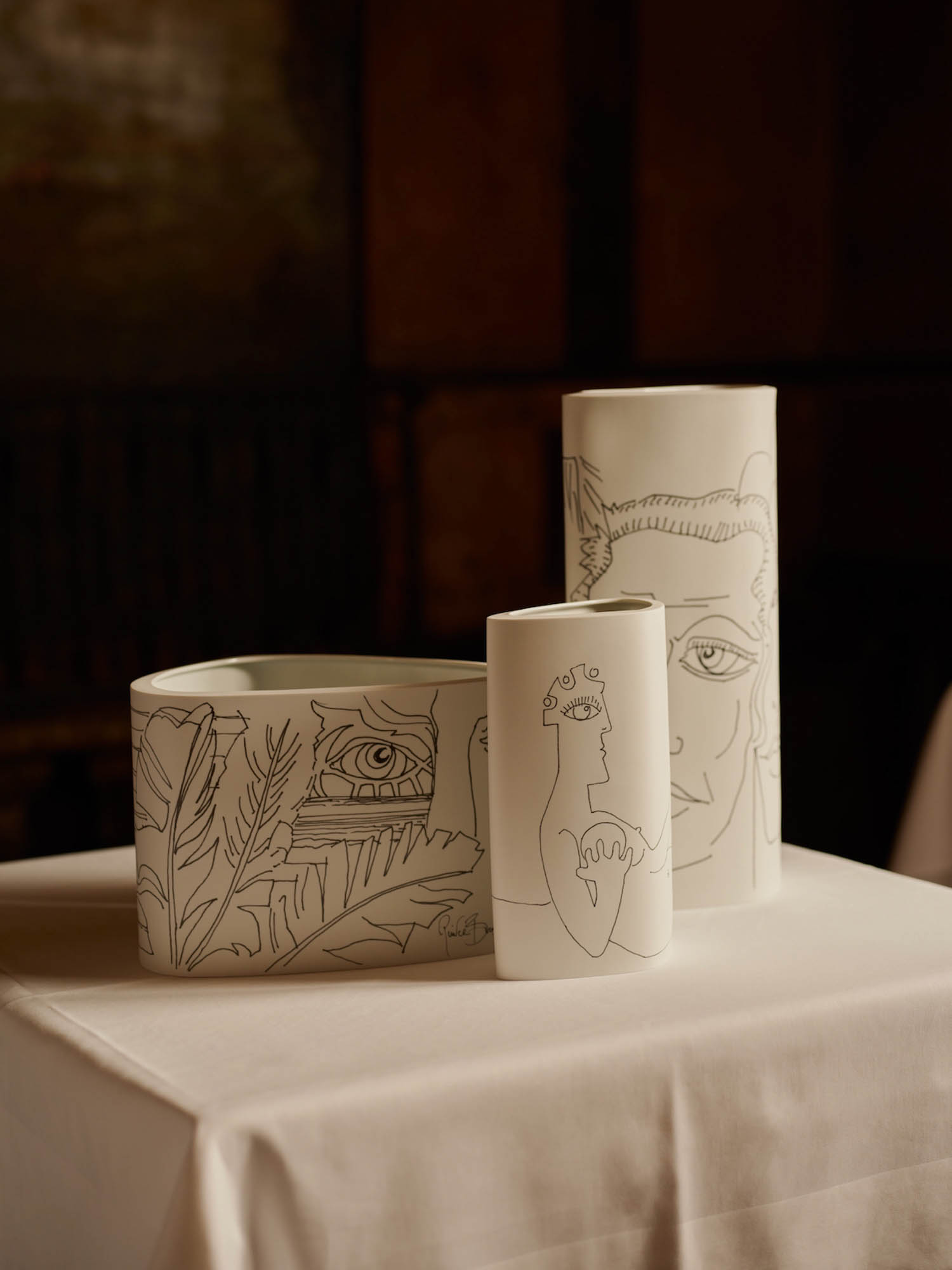10 Questions with… KPF’s Trent Tesch
Trent Tesch, design principal, Kohn Pedersen Fox.
One of
Kohn Pedersen Fox
’s most admired architects, with an extensive background in both public and private projects, Trent Tesch is behind a host of now-iconic structures. Focused on uncompromising excellence and innovation in the construction process, he’s a creative force behind many of the firm’s recent projects such as the US Courthouse in Buffalo, New York; the
US Airways International Terminal One
at Philadelphia International Airport; and the International Commerce Center in Hong Kong. Here, Tesch offers his take on high-impact design, the power of a positive mentor, and the virtues of really amazing drawing tools.
Interior Design: Trent, you’re nothing if not prolific… What projects are keeping you busy at the moment?
Trent Tesch: I’m currently working on the 1,820-foot-tall Lotte World Tower in Seoul, along with the retail component; Yongsan IBD Block H, which is also in Seoul; and a government building at the Incheon International Airport.
ID: What kind of rapport do you enjoy most with clients, and have you noticed growing enthusiasm for construction and development since the recession started?
TT: Our rapport is always friendly and respectful… Some clients actually become engaged in the process, and others prefer to leave it to the professionals. I think the exchange of ideas is stronger when people are laughing and there is some humor at meetings.
In regards to enthusiasm, yes, we see a strong interest these days… especially in New York where we’re engaged in various locations, primarily along the High Line. KPF is a global practice and we’ve remained busy in other parts of the world, where the economy remained strong. For that reason, we never really had a period of downtime… We just started traveling more.
ID: Speaking of New York, you helmed construction at
One Jackson Square
in the West Village, at the intersection of Greenwich Avenue and Eight Avenue. That is quite a dramatic, new structure for that neighborhood.
TT: You have to remember that corner before that building was there. That corner was a parking lot, and the façade of Jackson Square Park was the rear-end to the facades on 14th Street… and the rear yard condition in New York is never meant to be seen. We wanted to do a couple of things in a subtle way. First, we employed its ribbons to mark that corner. If you look at the way that building turns the corner, it has a low-rise element at the corner, a civic gesture to the park. It’s very light, both formally and in terms of material, so the park would not be confronted in a claustrophobic fashion.
New York’s One Jackson Square by Kohn Pedersen Fox.
ID: How do approach the challenge of tackling a well-trafficked or historic public space?
TT: There are two choices one can make when working in historic and urban districts. Both involve finding a relationship with the context that compels some sort of dialogue. One approach is to try to “fit into,” and make an argument around the idea of similarity. The other is to find a way to contrast the urban fabric. There are infinite shades of grey in these approaches, but those are the basic puzzle pieces. Program is also important, and the ability to activate the ground floor with some lively public function.
ID: What’s your take on sustainability—not just materials, but in the actual design? How do you keep a project relevant for a long time?
TT: I think the issue when you think about sustainability—particularly in New York—is making forms that are more compact and more efficient. It’s about well-planned buildings that are durable, with excellent finishes. It’s not incredibly sexy to think about planning and efficiency, but it’s always a good place to start. Enduring sustainability has to be grounded in efficiency and flexibility. Our projects at KPF are extremely efficient, which allows us to spend a bit more money on the durability of the finishes. These tip the scale from a mere building to a work of architecture.
ID: What structures have served as longtime inspiration for you?
TT: I tend to be attracted to structures that are simple, elegant and holistic in nature. But on the flip side, I also find textures and intricacies beautiful if they’re employed in a powerful way. I was just looking at images of the Alhambra in Granada as a precedent for a surface we’re working on. The building is incredibly rich, yet it also comes across as a sort of monolith, which I really appreciate.
New York’s One Jackson Square by Kohn Pedersen Fox.
ID: Who within the design and architecture world are catching your eye these days?
TT: Antonio Citterio is a really interesting designer. He makes amazing furniture that’s incredibly beautiful and that people love. It’s very commercial, yet beautiful and elegant. At the same time, he has a pretty decent scale architecture practice as well. It’s rare to see a guy like that, who can go back and forth between all those different disciplines. Historically, I’ve always liked the elegance and character of Dieter Rams’ work. He was the mentor to Jonathan Ive of Apple, and the simplicity of what we all love of Apple products comes from him.
ID: When were you first really grabbed by fantastic design? How young were you when it became your passion?
TT: I remember being in a mechanical drafting class in the fifth grade, and my teacher had the most exquisite drawing tools. He was very precise and took great care with his beam compasses, erasing shields, mechanical pencils, triangles, and templates. I still have very strong memories associated with the smell of rubber erasers… I made a lot of mistakes. His tools were an extension of him.
ID: And what do you get out of mentoring emerging talent in the architecture world?
TT: It’s really important, and I enjoy working with a lot of young people. The benefits of it go both ways… There’s definitely an energy you get back. I’ve learned that when you work with a colleague you have a certain vocabulary that’s industry-wide, but when someone’s young you have to explain yourself better. You remember to take a step back and rediscover that enthusiasm.





